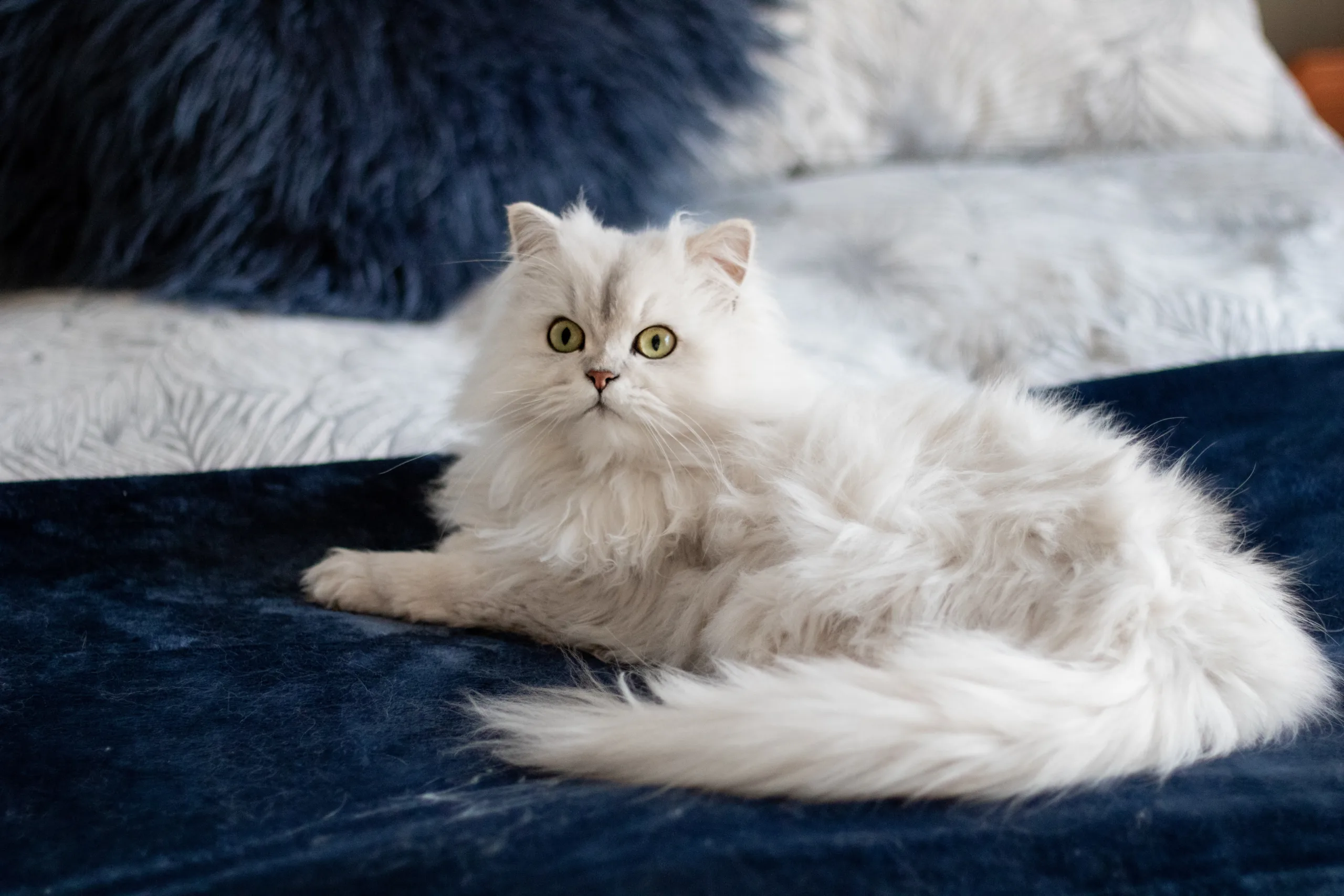Introduction
Fleas and ticks can pose significant health risks for cats, leading pet owners to seek effective preventive solutions. NexGard is a well-known product in the market, but there are questions surrounding its suitability for them. In this article, we will provide a comprehensive guide to NexGard for cats, including its usage, safety considerations, and its effectiveness in protecting them from fleas and ticks. Read on to discover everything you need to know about NexGard for your feline companion.
Click here for more about cats
What is NexGard?
NexGard is a popular flea and tick treatment designed to protect pets from these pesky parasites. Initially developed for dogs, NexGard has gained attention as a potential solution for cats as well. It contains a potent active ingredient called afoxolaner, which is effective in killing fleas and ticks.
Is NexGard for Dogs or Cats?
NexGard was initially formulated for dogs, but the manufacturer has also introduced a specific formulation for them. NexGard for cats is designed to cater to the unique needs and physiology of feline companions, ensuring their safety and efficacy.
The Right Dosage for Cats
Choosing the Appropriate NexGard Size
It comes in different sizes, depending on the weight of the cat. It is crucial to select the correct size to ensure proper dosing. The packaging and product information will provide specific instructions on which size to choose based on your cat’s weight. It’s essential to weigh your cat accurately and consult with your veterinarian if you have any doubts or questions.
Administering NexGard for Cats
NexGard for cats is administered orally as a chewable tablet. It is crucial to follow the instructions provided with the product carefully. The tablet can be offered directly to the cat, or it can be mixed with a small amount of food to make it more enticing. Ensure that your cat consumes the entire dose to receive the full benefits of the treatment.
Safety Considerations
Potential Side Effects
While NexGard for cats is generally safe and well-tolerated, there is a possibility of side effects, although they are relatively rare. Some of them may experience mild digestive issues, such as vomiting or diarrhea, after taking NexGard. If you notice any unusual symptoms or your cat’s condition worsens, contact your veterinarian for guidance.
Lick Protection
Cats are meticulous groomers and may lick their fur immediately after taking NexGard. It is important to note that NexGard is designed to be safe when ingested by cats, even if they lick it. However, it is best to observe your cat and ensure that they don’t excessively lick the treated area immediately after administration.
Effectiveness of NexGard for Cats
Flea and Tick Protection
NexGard for cats provides effective protection against fleas and ticks. The active ingredient, afoxolaner, targets these parasites by interfering with their nervous system, ultimately leading to their elimination. It provides month-long protection, preventing infestations and reducing the risk of disease transmission.
Vet Recommendations
Consulting with your veterinarian is crucial to determine the most suitable flea and tick preventive for your cat. They can evaluate your cat’s specific needs and provide personalized recommendations. Your veterinarian will consider factors such as your cat’s health status, lifestyle, and any potential interactions with other medications your cat may be taking.
FAQs
Q: Is NexGard for cats safe?
A: It is generally safe when used as directed. It is important to follow the dosing instructions and consult with your veterinarian if you have any concerns.
Q: Can kittens be given NexGard?
A: NexGard is formulated for use in cats that are at least 8 weeks old and weigh at least 2.8 pounds (1.3 kg). It is important to consult with your veterinarian to ensure that your kitten meets the necessary requirements for NexGard administration.
Q: How often should NexGard be given to cats?
A: It provides month-long protection. It is administered once a month to ensure continuous coverage against fleas and ticks.
Q: Can NexGard be used on pregnant or lactating cats?
A: The safety of NexGard in pregnant or lactating cats has not been specifically studied. It is important to consult with your veterinarian for appropriate flea and tick prevention options for cats in these stages.
Conclusion
NexGard for cats is a reliable and effective solution for protecting your feline friend from fleas and ticks. With its specific formulation and proper dosing, NexGard offers month-long protection, giving you peace of mind and ensuring your cat’s well-being. Remember to follow the instructions provided with the product and consult with your veterinarian for personalized recommendations. By choosing NexGard, you are taking a proactive step in safeguarding your cat from the potential risks associated with fleas and ticks.
Click here for more
